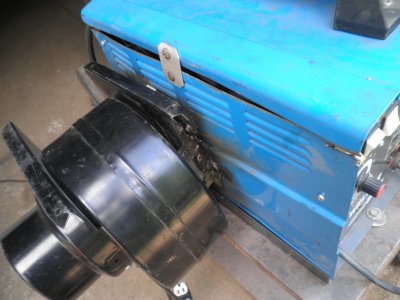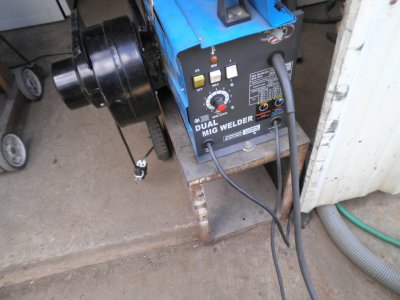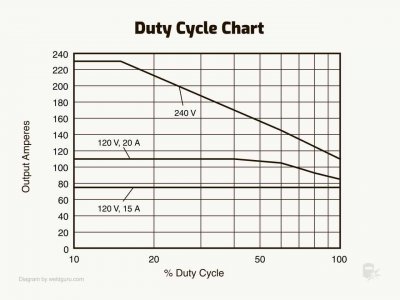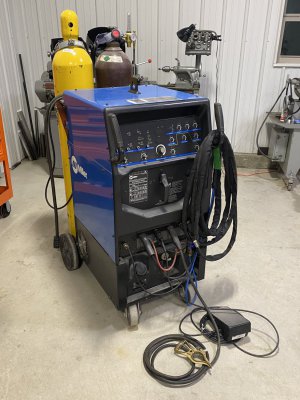- Joined
- Dec 24, 2020
- Messages
- 1,043
A couple of my friends and coworkers have purchased a Primeweld 225X based upon my recommendation, and so far everyone is thrilled.So, I placed an order for a Primeweld 225X, and will do this myself. I figured I can pay someone else to do it (much) better, but where’s the fun in that! I’ll practice enough so that I’m comfortable and will then attempt it. As has been mentioned before, I also have a grinder and cans of paint…
I’ll post an update, but it’ll likely be a while!
When I started to learn aluminum TIG I spent half an hour to an hour every night running beads and doing drills. It's good to have several coupons ready to go and alternate them so they don't get too hot...heat drastically changes how it reacts. I also kept a small bucket of water and would dip the coupons in after each bead, grab the next coupon, etc.
One drill I really, really like is this one:
Aluminum is very different from steel and needs to be approached differently to get good results. The short version is hit it with a lot of amperage up front to get a puddle started, back off as necessary and MOVE! If you try to creep up on it you put too much heat into the work and things start to melt ahead of where you're working. As with many things, what isn't obvious is that feeding wire is almost more important that torch manipulation and you can't really do a good job of welding aluminum if you can't feed wire smoothly/quickly...you can practice just that without welding and your results will get better.






